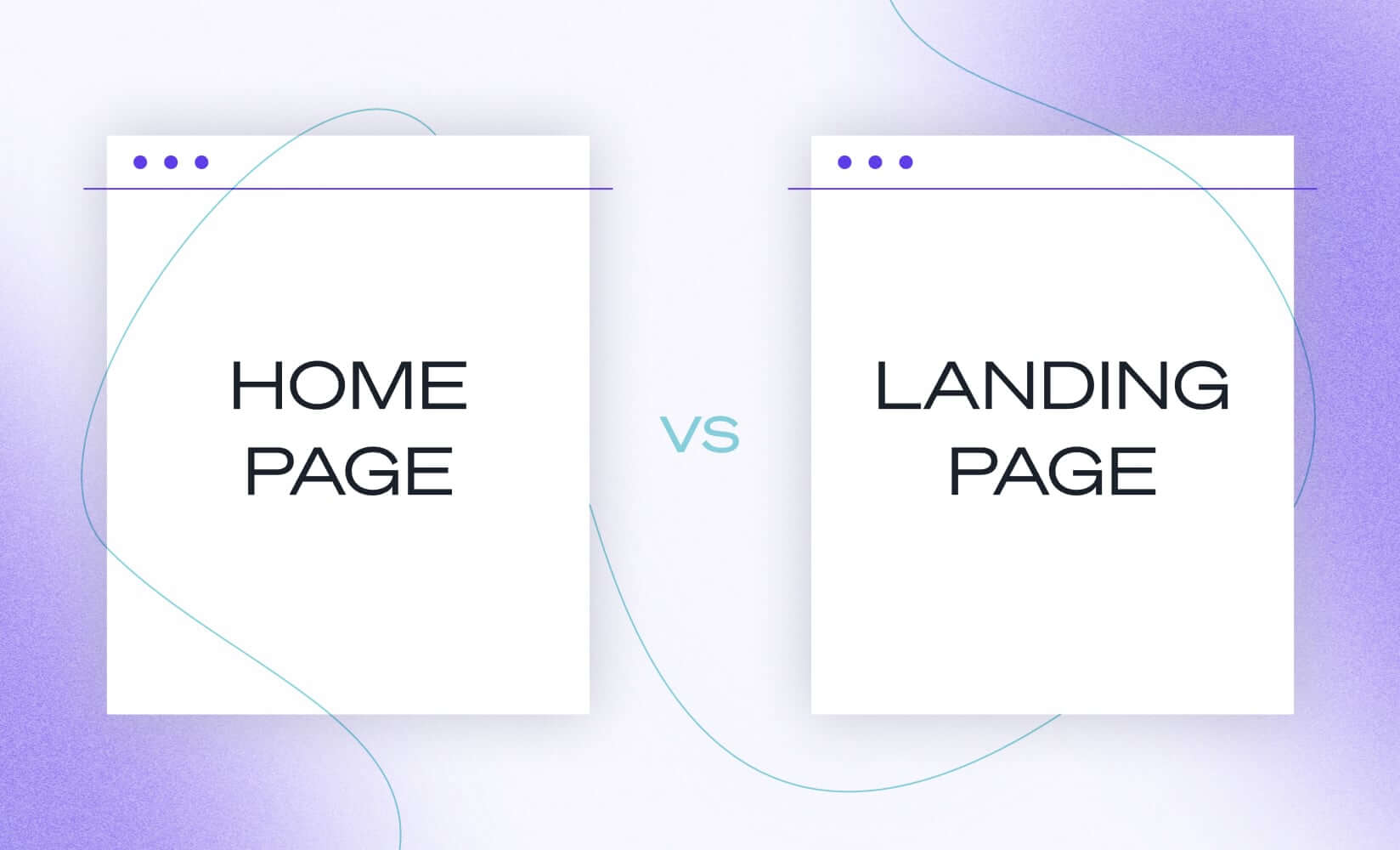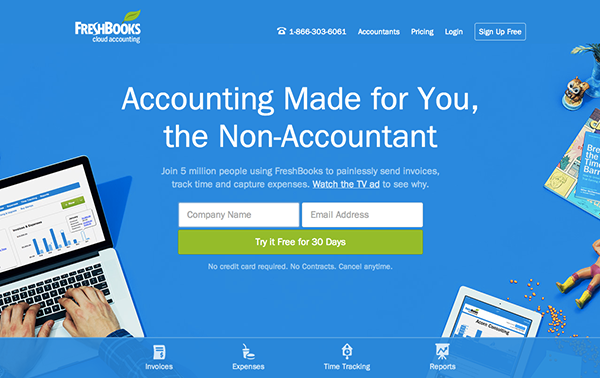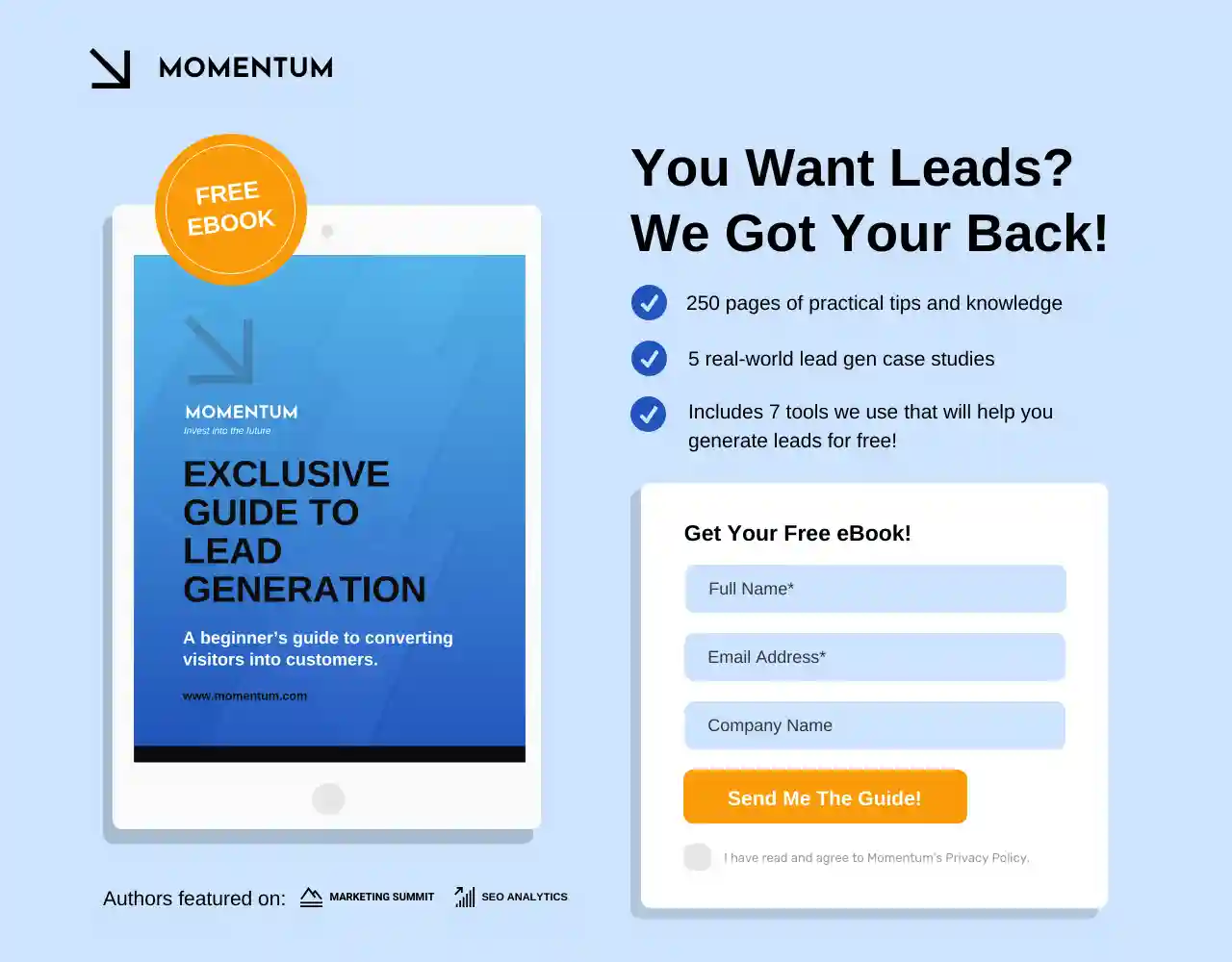Physical Address
LIG Road, Indore (M.P.)
Postal Code: 452001

Are you struggling to decide between a landing page or a website for your business? You’re not alone. With the abundance of online platforms and marketing strategies available today, it can be overwhelming to determine which option is best suited to achieve your business goals.
In this article, we will compare landing pages and websites to help you make an informed decision. Landing pages are single web pages designed to encourage visitors to take a specific action. They are highly focused, eliminating distractions and guiding visitors towards the desired conversion.
On the other hand, websites are comprehensive online platforms that serve as the face of your business. They provide a wealth of information, multiple pages, and are suitable for broader purposes like brand-building and showcasing products/services. To choose the right option for your business, consider your primary objectives, target audience, and budget.
Landing pages are ideal for short-term campaigns or to target a specific audience segment, while websites offer a more comprehensive online presence.
Ultimately, the decision depends on the specific needs and goals of your business. Let’s dive deeper into the differences between landing pages and websites to help you determine the best fit for your business.
Let’s discuss basic terminologies related to websites & landing pages:
A home page is the main page of a website that visitors typically see first. It serves as an introduction to the website and provides an overview of its content. A home page is designed to give visitors a general idea of what the website is about and to guide them to the information they need.
A landing pages, on the other hand, is a page that is specifically designed to convert visitors into leads or customers. Unlike a home page, which provides general information about a website, a landing page is focused on a single offer or product. It’s designed to capture the visitor’s attention and encourage them to take action, such as filling out a form or making a purchase.

Example of Home Page

Landing Page Example
In summary, a home page and a landing pages serve different purposes and should be designed accordingly. A home page is designed to provide a general overview of a website’s content, while a landing page is focused on converting visitors into leads or customers.
Images can be used on both types of pages, but their placement and type will vary depending on the purpose of the page. H2 and H3 tags can also be used on both types of pages to improve readability and guide the visitor’s attention.
By understanding the key differences between a landing page and a home page and how to use images and header tags effectively, you can create a website that is both visually appealing and optimized for conversion. So, make sure to design your website’s pages based on their intended purpose and use the right techniques to attract and engage your audience.
Want to know about WordPress/CMS Websites?. Then visit this post.
I hope you enjoyed this post, and learned something useful. Have a great day!